What happens after the storm?
Materials
• Copy paper
• Washable markers
• Dropper bottles
• Microfiber towel
• Water
Execution
• Crumple up a piece of paper and gently open it most of the way. It should still show ridges (high points) and valleys (low points).
• Choose one of the ridges and color the whole ridgeline with a washable marker. Use lots of ink! Place the paper on an absorbent microfiber towel.
• Make a prediction. If water fell on the ridge you just colored, where would it go? What would happen to the colored ink? Now, test your prediction. Use the dropper to place water onto the peak, simulating a rainstorm. Was your prediction correct? Were you surprised by anything?
• Repeat this experiment with more ridges on your crumpled paper. Do your predictions change as you make and observe more simulated rainstorms?
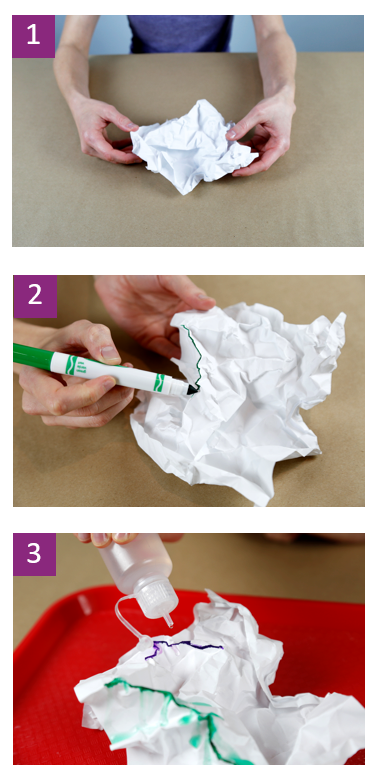
Earth is a constantly changing and dynamic system.
The shape of the land and the pull of gravity both influence how water moves over Earth. The paper mountains in this activity behave like a miniature model watershed. The way the marker ink moves with the water represents how water can carry surface particles through a watershed. A watershed is all of the land that drains runoff into a shared body of water.
Rainwater and snowmelt pick up and carry whatever is on the land—such as trash and debris on streets, exposed soil from landslides or construction, or pollution from mines or farms—to the nearest body of water. What happens upstream always influences the water quality and processes downstream.
Conversational Prompts
• “Can you predict how the flow of water will change over the landforms? Can you define your watershed?”
• “What do you think the marker ink could represent? Can you think of anything that gets washed away in the rain? (e.g., sidewalk chalk, oil, seeds, trash) Where will that stuff end up?”
• “If you were going to live somewhere on your paper, where would you want to live? Whywould you choose to live there? Where would you get your water? Would you have
neighbors? What kinds of rules would you and your neighbors follow about water?”
• “What is the water like around your house/town/city? Do you get lots of rain? Or is the weather dry? Are there any lakes or streams around where you live? What have you noticed about them? Has your water/weather been in the news lately?”
• “How might your life be different if you knew exactly what the weather would be like tomorrow? Next week? Next year? Can you think of anyone for whom weather has an even bigger effect on their life than it does on yours?”

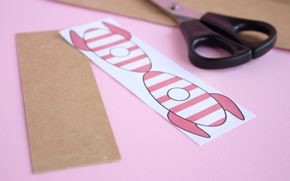
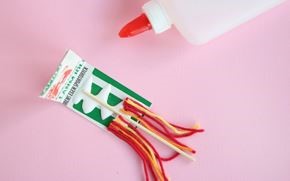
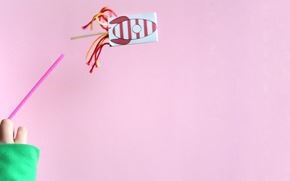


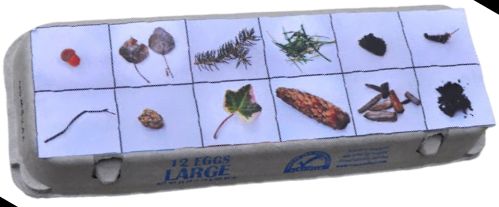
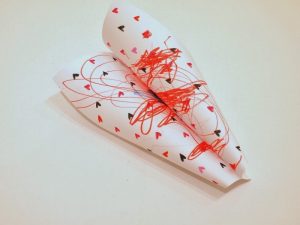
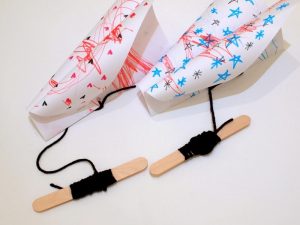
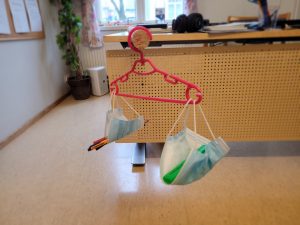 Then you can start compare different things. You can start by letting the children feel each hand and guess which one is heavier. First perhaps with things that have a little more difference, a raisin and an apple then you can try things closer together.
Then you can start compare different things. You can start by letting the children feel each hand and guess which one is heavier. First perhaps with things that have a little more difference, a raisin and an apple then you can try things closer together.